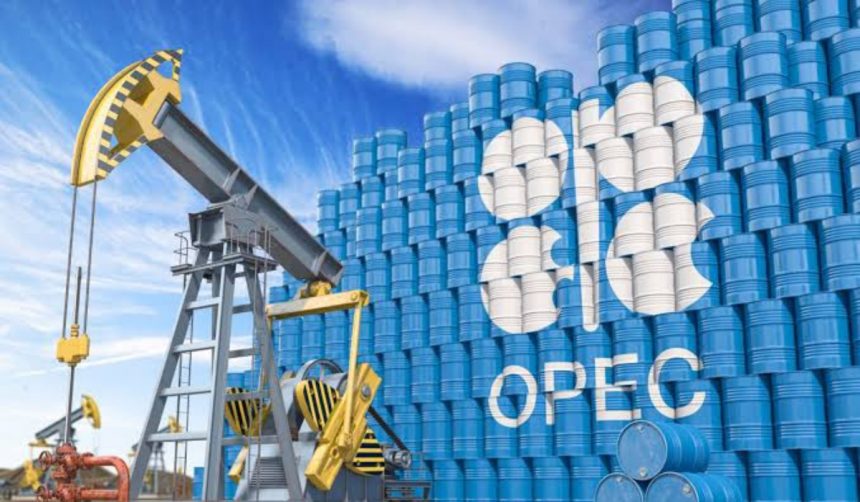OPEC+ countries, led by Saudi Arabia and Russia, have agreed to extend the recent voluntary oil production cuts for another three months to boost prices, which have remained low due to constant geopolitical conflicts across Europe and the Middle East.
Saudi Arabia state news agency says that the Kingdom will keep its voluntary cuts of 1million barrels daily for the next three months which have been in place since July 2023.
This is on top of the 500-thousand-barrel daily production cuts agreed earlier in April 2023.
Each OPEC+ member country has announced its own reduction amounts. Russian Deputy Prime Minister Alexander Novak said that, in line with some OPEC+ nations, Russia plans to lower its oil production and exports by an extra 471,000 barrels per day (bpd) for the second quarter of 2024.
Kuwait said it will reduce its oil production by 135,000 bpd until June. Likewise, Algeria will cut its production by 51,000 bpd, and Oman will reduce its output by 42,000 bpd.
The decision by OPEC+ to let members choose their own production cuts comes from the impact of similar actions in December where OPEC cut production quota for its African members leading to Angola’s departure from the oil cartel. Nigeria saw its production quota cut from 1.78 million barrels to 1.5 million barrels daily– much lower than its 2024 budget production benchmark.
Recent production cuts are part of a series of production cuts by OPEC+ members started in 2022, aimed at raising prices in the face of rising production in the US and weak global demand.
Since the start of the latest voluntary cuts in January, they have reduced the collective production targets of the members by about 2.2 million barrels per day.
Since the announcement of the recent cuts at the end of November, Brent crude oil prices have risen by 6%, and West Texas Intermediate (WTI) by almost 8%.
However, even with the ongoing tensions in the Middle East, including the conflict between Israel and Hamas and attacks on commercial vessels by the Houthis, oil prices have not reached the $100 per barrel level, last seen in the summer of 2022.





